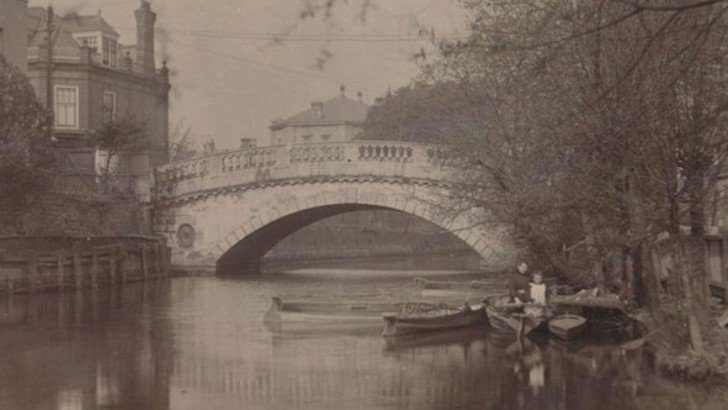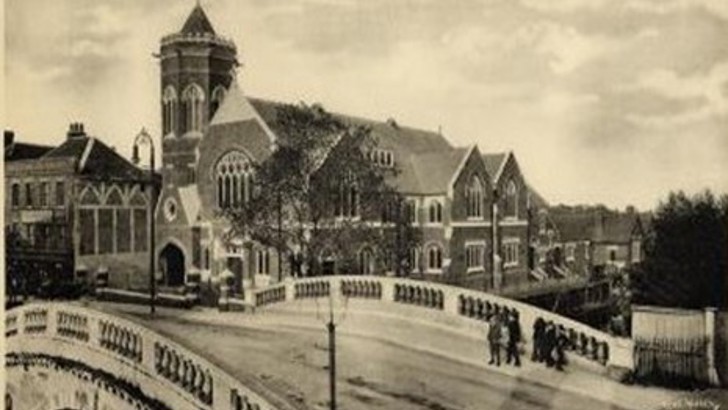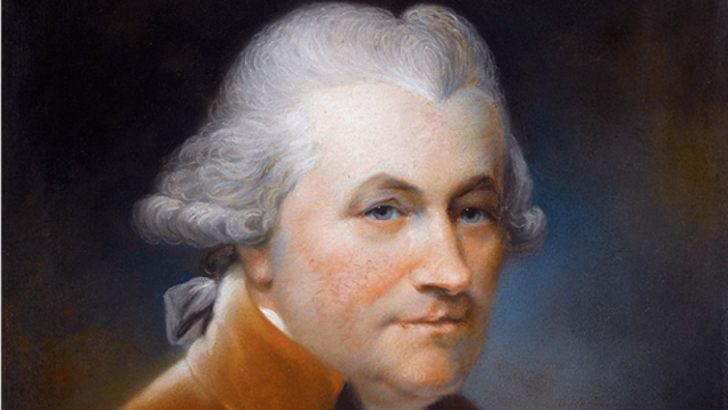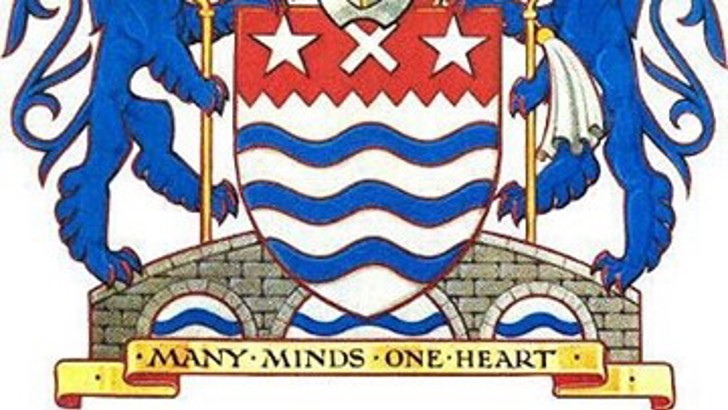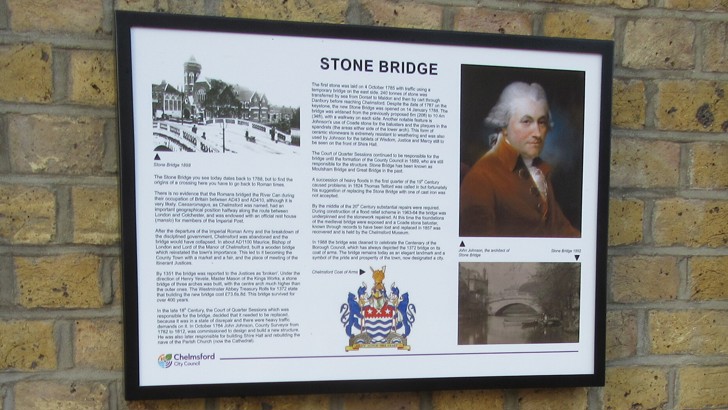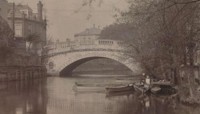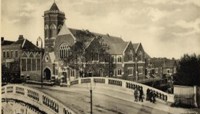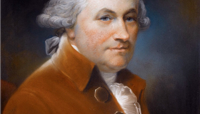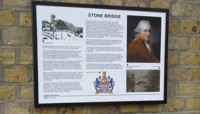Stone Bridge
Location of board
Barrack Square, near junction with Moulsham Street, by Stone Bridge
About
The Stone Bridge you can see today dates back to 1788, but to find the origins of a crossing at the site, you have to go back to Roman times.
There is no evidence that the Romans bridged the River Can during their occupation of Britain between the years 43 and 410, although it is very likely. Caesaromagus, as Chelmsford was named, had an important geographical position halfway along the route between London and Colchester. It was endowed with an official rest house (mansio) for members of the Imperial Post.
After the departure of the Imperial Roman Army and the breakdown of the disciplined government, Chelmsford was abandoned and the bridge would have collapsed. Around the year 1100 Maurice, Bishop of London and Lord of the Manor of Chelmsford, built a wooden bridge which reinstated the town's importance. This led to it becoming the County Town with a market and a fair, and the place of meeting of the itinerant Justices.
By 1351, the bridge was reported to the Justices as 'broken'. Under the direction of Henry Yorke, Master Mason of the Kings Works, a stone bridge of three arches was built, with the centre arch much higher than the outer ones. The Westminster Abbey Treasury Rolls for 1372 state that building the new bridge cost £73.6s.8d. This bridge survived for over 400 years.
In the late 18th century, the Court of Quarter Sessions, which was responsible for the bridge, decided that it needed to be replaced. this was due to its state of disrepair and the heavy traffic demands on it. In October 1784, John Johnson, County Surveyor from 1782 to 1812 was commissioned to design and build a new structure. He was also later responsible for building Shire Hall and rebuilding the nave of the Parish Church (now the Cathedral).
The first stone was laid on 4 October 1785, with traffic using a temporary bridge on the east side. 240 tonnes of stone was transferred by sea from Dorset to Maldon and then by cart through Danbury before reaching Chelmsford.
Despite the date of 1787 on the keystone, the new stone bridge was opened on 14 January 1788. The bridge was widened from the previously proposed 6m (20ft) to 10.4m (34ft), with a walkway on each side.
Another notable feature is Johnson's use of Coade stone for the balusters and the plaques in the spandrels (the areas either side of the lower arch). This form of ceramic stoneware is extremely resistant to weathering and was also used by Johnson for the tablets of Wisdom, Justice and Mercy still to be seen on the front of Shire Hall.
The Court of Quarter Sessions continued to be responsible for the bridge until the formation of the County Council in 1889, who are still responsible for the structure. Stone Bridge has been known as Moulsham Bridge and Great Bridge in the past.
A succession of heavy floods in the first quarter of the 19th century caused problems; in 1824 Thomas Telford was called in but fortunately his suggestion of replacing the stone bridge with one of cast iron was not accepted.
By the middle of the 20th century, substantial repairs were required. During construction of a flood relief scheme in 1963-64, the bridge was underpinned and the stonework repaired. At this time, the foundations of the medieval bridge were exposed and a Coade stone baluster, known through records to have been lost and replaced in 1857, was recovered and is held by the Chelmsford Museum.
In 1988 the bridge was cleaned to celebrate the Centenary of the Borough Council, which has always depicted the 1372 bridge on its coat of arms. The bridge remains today as an elegant landmark and a symbol of the pride and prosperity of the town, now designated a city.

